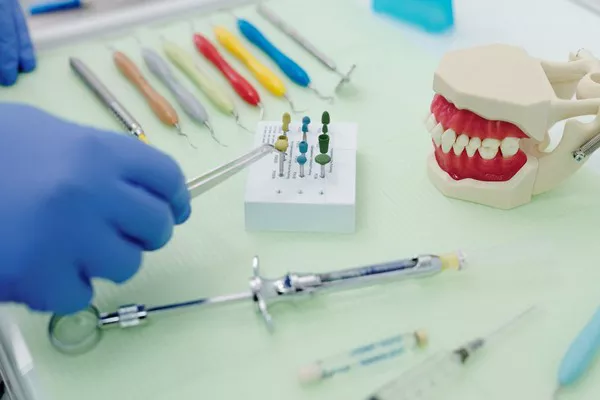When it comes to dental procedures, especially those involving deep cleaning, understanding what to expect in terms of comfort and care is essential for patients seeking optimal oral health. This article addresses common concerns and questions surrounding numbing during deep cleaning (scaling and root planing), including what the procedure entails, options for minimizing discomfort, and the importance of regular dental check-ups for preventive care.
Define “Deep Cleaning”
Deep cleaning, medically known as scaling and root planing, is a non-surgical procedure performed by dental professionals to treat gum disease and restore gum health. Unlike regular dental cleanings that focus on cleaning the visible surfaces of the teeth and gumline, deep cleaning targets areas below the gumline where plaque and tartar (calculus) have accumulated. The procedure involves:
Scaling: Removing plaque and tartar deposits from the tooth surfaces and roots.
Root Planing: Smoothing the tooth roots to remove bacterial toxins and promote healing of the gum tissue.
Deep cleaning is typically recommended when there is evidence of gum disease (gingivitis or periodontitis), characterized by inflammation, bleeding gums, and potential loss of attachment between teeth and gums.
Discomfort During Deep Cleaning
It’s important to acknowledge that deep cleaning can cause discomfort for some patients. This discomfort may arise due to sensitivity of the gums, the presence of gum disease, or anxiety about dental procedures.
Numbing Options
Yes, numbing is usually offered to patients undergoing deep cleaning to enhance comfort during the procedure.
Topical Anesthetic Gel: Before administering injections, dentists often apply a topical anesthetic gel to numb the gum tissue where injections will be given. This gel helps to minimize the discomfort associated with the needle.
Local Anesthetic Injections: Local anesthesia, commonly administered through injections, numbs the specific area of the mouth being treated. This numbing effect ensures that patients do not feel pain during scaling and root planing.
Discuss Factors Affecting Numbing
The need for numbing during deep cleaning can vary depending on several factors:
Individual Pain Tolerance: Some patients may tolerate discomfort better than others and may opt for numbing to ensure a more comfortable experience.
Severity of Tartar Buildup: The amount of tartar and plaque buildup beneath the gumline can influence the discomfort experienced during deep cleaning. More extensive buildup may necessitate stronger numbing.
Dentist’s Preferred Approach: Dentists may have varying approaches to numbing based on their patient’s needs and the complexity of the procedure.
See Also: Is Teeth Whitening With Light Safe
Alternatives to Numbing
While numbing is typically offered and recommended for deep cleaning procedures, some patients with mild cases of gum disease or minimal tartar buildup may choose to forego numbing agents. This decision is often made in consultation with the dentist based on the patient’s preferences and comfort level.
Post-Procedure Care
After deep cleaning, it’s common to experience some sensitivity or discomfort, particularly around the treated areas. Dentists may recommend:
Avoiding Hard or Chewy Foods: Stick to softer foods initially to avoid irritating sensitive gums.
Using Sensitivity Toothpaste: Toothpaste formulated for sensitive teeth can help alleviate discomfort and reduce sensitivity.
Rinsing with Salt Water: Gently rinsing with warm salt water can promote healing and reduce inflammation.
Taking Over-the-Counter Pain Relief: If necessary, over-the-counter pain relievers can help manage any mild discomfort following the procedure.
Importance of Regular Check-ups
Preventive care, including regular dental check-ups and cleanings, is crucial for maintaining oral health and preventing the need for deep cleaning. Routine cleanings help remove plaque and tartar before they can contribute to gum disease, reducing the likelihood of more invasive treatments like scaling and root planing.
Conclusion
Understanding the options available for numbing during deep cleaning and the factors that influence their use can empower patients to make informed decisions about their dental care. By prioritizing preventive measures and seeking regular dental check-ups, individuals can maintain optimal oral health and minimize the need for more extensive treatments in the future. For personalized advice and guidance on deep cleaning procedures, it’s always best to consult with a qualified dental professional.
You Might Be Interested In
































